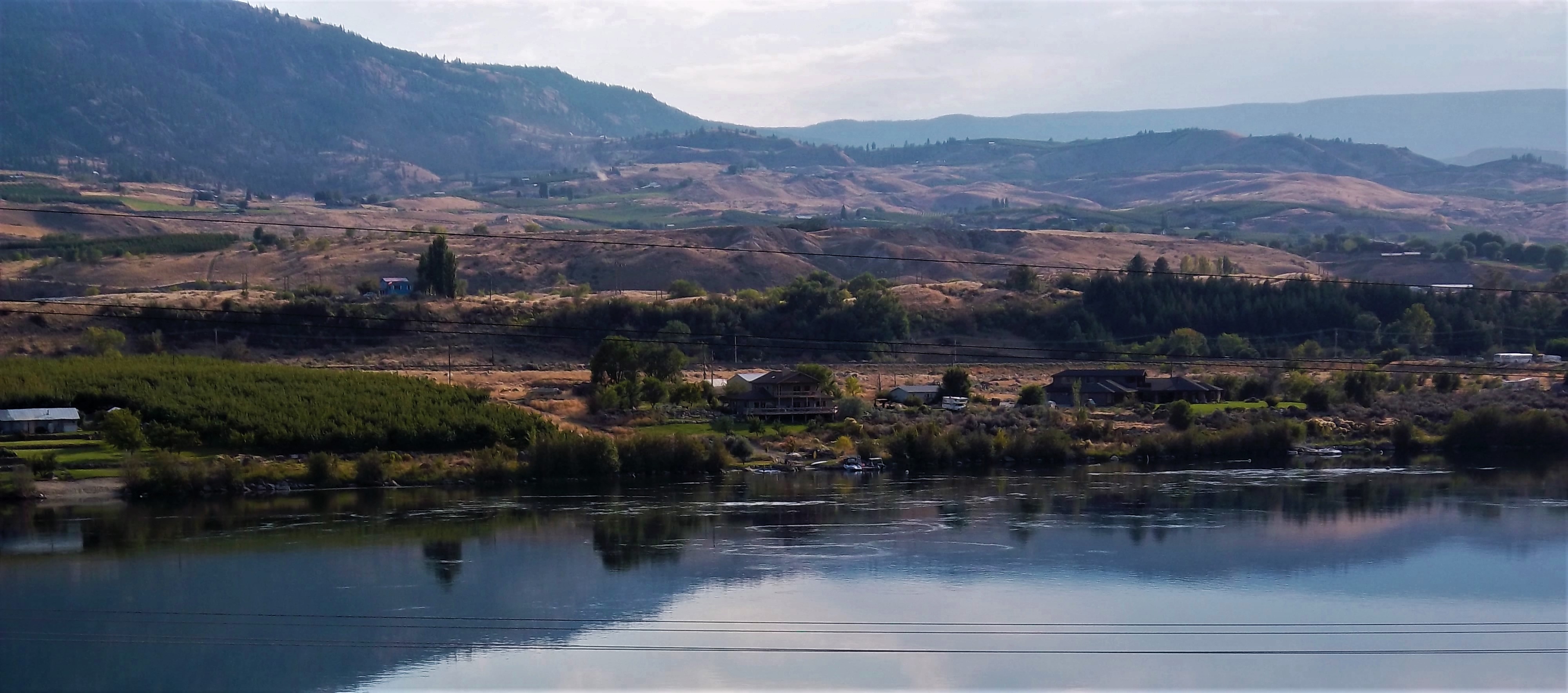
Bloggers note: This blog is part of a series on lead arsenate and its historic use on former orchard lands in Central Washington. Over the next several months we will be engaging the Legacy Pesticide Working Group to help us to address this contamination, especially as these lands transition to new uses like housing developments, schools, and business ventures. For more info, read earlier blogs: Legacies of lead & arsenic: part 1 and part 2.
In the early 1900s the U.S. Department of Agriculture determined that spraying lead arsenate on fruit trees was a highly effective barrier to infestations of codling moth caterpillars. The agency began promoting it and orchardists across the country were happy to find a way to control the pest that could knock out entire crops. The use of the pesticide became widespread and common.
Even though product labels labeled it a ‘poison’ and provided guidelines for an ‘antidote’ if ingested, it took a while for the pesticide to be connected to chronic health concerns. As science progressed and its health impacts were increasingly understood, the same agency that once promoted lead arsenate banned its use to protect human health.
After a while, its effectiveness to deter the coddling moth caterpillar from munching fruit diminished. That led to greater applications of the pesticide, which in turn led to more of the pesticide piling up in the surrounding soils. Orchardists continued to use lead arsenate into the 1940s, until the pesticide DDT replaced it.
Exposure risks
Over time, lead arsenate breaks down into lead and arsenic and these heavy metals settle into the topsoil. Once there, they stubbornly stick to dirt particles without washing away. Current studies indicate lead and arsenic are not well absorbed into plants as they grow, and they don’t move readily into the food chain. The main concern is about exposure to these metals when the tainted dirt is disturbed or ingested.
Greater disturbance and exposure occurs when land use decisions make agricultural areas available for redevelopment into housing, schools, or commercial ventures. As more of these former orchard lands are developed to accommodate growing housing needs in Central Washington, more children and families are being exposed to contaminated soils.
Farmworkers, landowners, and construction workers who have direct contact with soil contaminated with lead and arsenic may be at risk of long-term health complications. Home gardeners and children playing outside are also at risk of inhaling or ingesting dust and dirt particles or by eating garden produce that hasn't been properly washed. The levels of lead and arsenic in homegrown fruits and vegetables is not high enough to be severely toxic to people, although they do contribute to overall lead and arsenic exposure.
We are working to raise awareness and ensure public health is protected. If you are concerned about your potential exposure to lead and arsenic on or near former orchard lands, we currently offer free soil testing. We are also working with the Legacy Pesticide Working Group to develop an outreach strategy and new guidelines to ensure properties are cleaned up to state standards.
Health concerns
In the case of historic orchard lands, the risks to human health come from long-term exposure — usually 6 months or more. Chronic lead exposure causes significant damage in early childhood. Lead in a child’s blood can cause behavioral problems, lowered IQ, and stunted growth. Health officials caution that no level of lead in blood is safe. Lead poisoning is often asymptomatic in the beginning, and early stage symptoms can be as innocuous as nausea and headaches.
The effects of arsenic exposure, a known carcinogen, show up later in life. Repeated arsenic exposure is linked to heart disease, diabetes, and various forms of cancer. Symptoms of low-level and chronic exposure to these heavy metals are similar to other illnesses and are not easily diagnosed.
We’re partnering with the Washington State Department of Health on outreach to health professionals in Central Washington regarding legacy pesticides.
What you can do at home
If you live on a historic orchard property, we recommend that you limit direct exposure to the soil by:
- Wearing gardening gloves.
- Wiping feet and removing shoes before entering the house.
- Rinsing off produce before bringing it into the home, then washing it again with a detergent and scrub brush to remove any remaining soil particles, paying particular attention to rough vegetables like broccoli and leafy vegetables like lettuce, which can trap and retain dust or dirt.
- Peeling root vegetables and tubers like potatoes, carrots, and beets, to remove all soil.
- Regularly washing toys and outdoor play things.
- Using raised garden beds for home consumption.
While risks from lead and arsenic may seem modest and long-term in most cases, low risk is not the same as no risk. That’s why we’re working to find solutions to help communities address legacy pesticides, by working with the Legacy Pesticides Working Group and partnering with the Washington State Department of Health.
- Learn more about protecting yourself and your family on our Dirt Alert webpage.
- Stay up-to-date on Legacy Pesticide Working Group materials, discussions, and background materials by visiting the Legacy Pesticide Working Group webpage.
- Find out more about historic orchard cleanup efforts on our Former Orchard Lands webpage.
Contact information
|
Jill Scheffer |
Jeff Newschwander |

